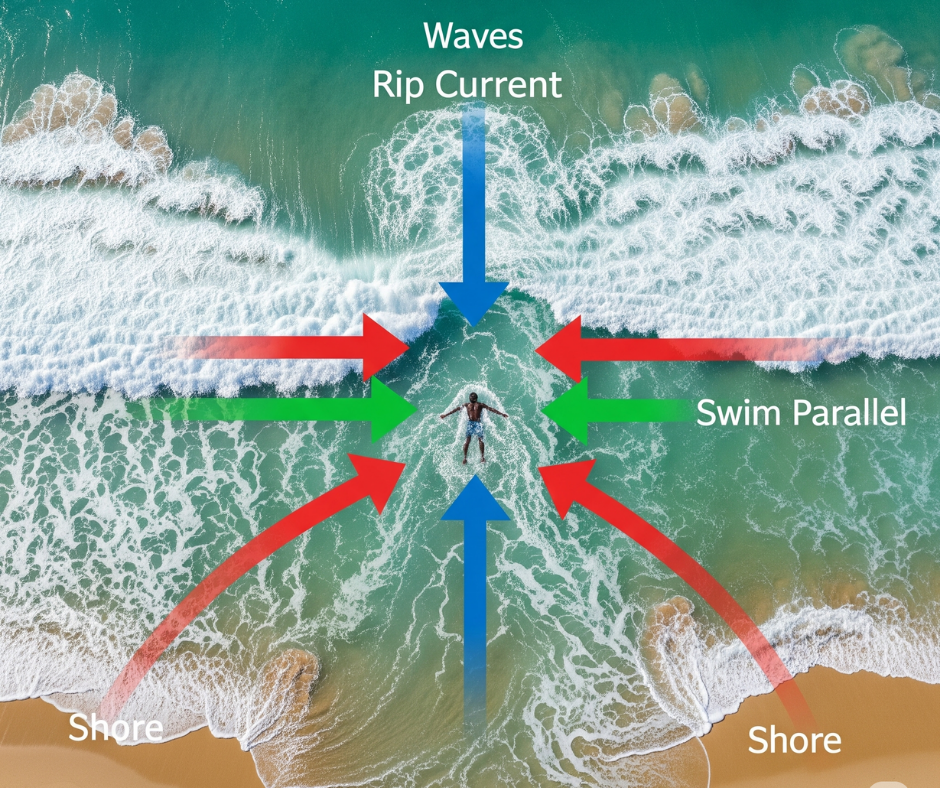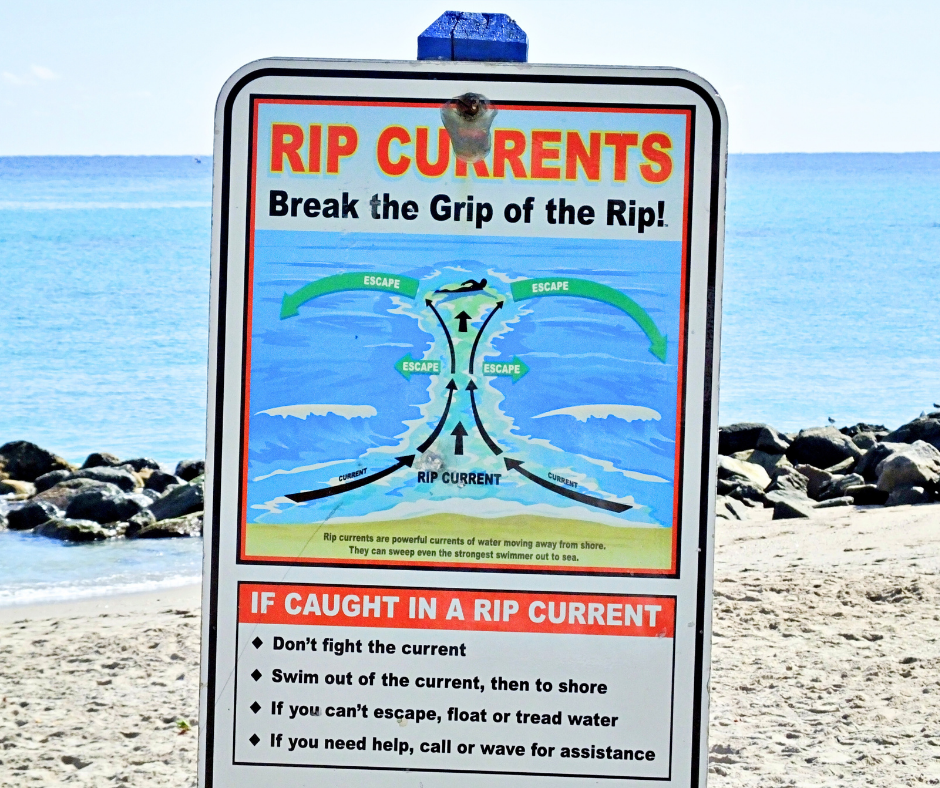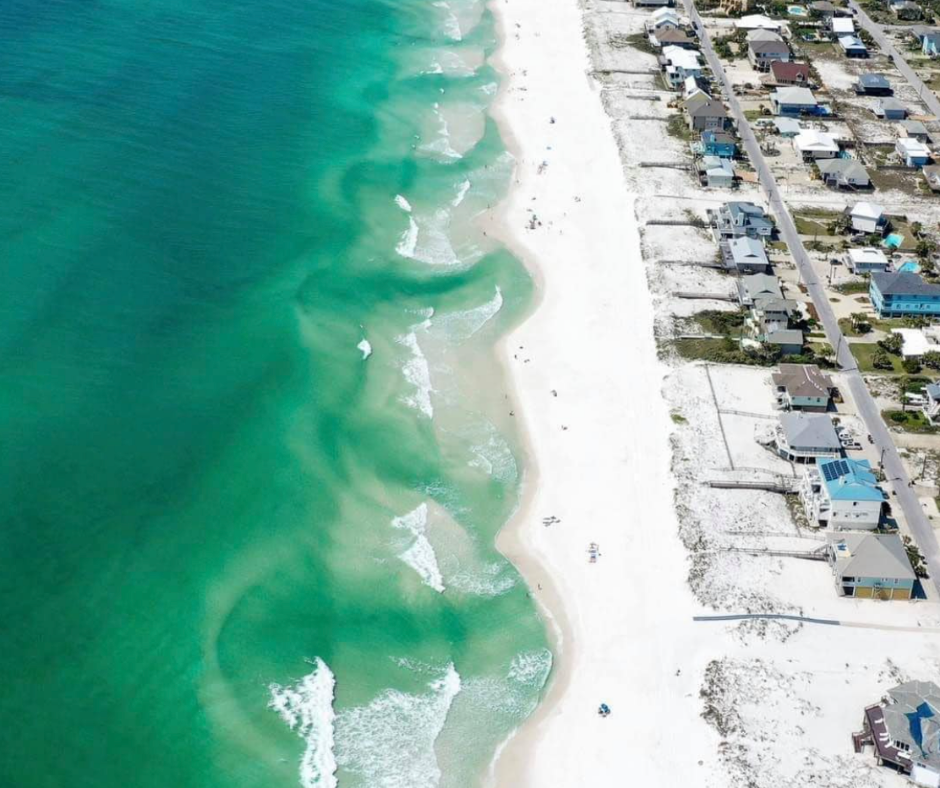Rip Current Awareness: Know the Signs and Staying Safe
- K2Z Travel
- Aug 11
- 3 min read

The recent and heartbreaking loss of actor Malcolm-Jamal Warner beloved for his role as Theo Huxtable on The Cosby Show has left many in shock. Reports confirm that his death was caused by a powerful rip current, a reminder that even the most serene beach day can turn dangerous in an instant. As travelers, especially in communities that often celebrate beach destinations, it’s critical that we stay informed and prepared. This blog is written in his memory, with a hope that more awareness can help save lives.
What Is a Rip Current?
A rip current is a strong, narrow flow of water moving from the shore out to sea. These currents form when waves break strongly in some areas and weakly in others, creating a channel of fast-moving water. Contrary to popular belief, rip currents do not pull people under the water—they pull them away from the shore.
They can move at speeds up to 8 feet per second, faster than an Olympic swimmer. This sudden pull can overwhelm even the strongest swimmers and is responsible for more than 100 drownings per year in the U.S. alone.

How to Identify a Rip Current
Before entering the water, scan the ocean for these signs:
A noticeable gap in wave patterns (calmer water between breaking waves)
Discolored or murky water flowing away from shore
A line of seaweed or debris moving seaward
Foam or sand stirred up in a narrow path
Tip: Viewing from an elevated position like a lifeguard tower or balcony can help you spot these more easily.

Before You Swim: Safety Tips to Keep in Mind
Swim near lifeguards whenever possible
Check beach warning flags and surf reports for dangerous current conditions
Never swim alone always have a buddy
Avoid swimming near piers or jetties, where rip currents are more likely to form
Take a moment to observe the water before diving in
If you’re not a confident swimmer, consider staying waist-deep or wearing a flotation device.

If You’re Caught in a Rip Current
Stay calm – don’t fight the current
Float or tread water to conserve energy
Swim parallel to the shore – not against the current
Once free of the current, swim at an angle back to shore
Wave and shout for help if you’re struggling
Rescue professionals emphasize that most rip current drownings occur because people panic and exhaust themselves trying to swim straight back to land.

Beaches and Destinations Prone to Rip Currents
Rip currents can occur at any beach with breaking waves, but these locations are especially known for them:
United States
Florida: Daytona Beach, Panama City Beach, Miami Beach
California: Huntington Beach, Santa Cruz, San Diego
North Carolina: Outer Banks
Texas: South Padre Island
Hawaii: North Shore of Oahu, Hanalei Bay on Kauai
International
Australia: Bondi Beach and other East Coast beaches
Mexico: Playa del Carmen and Tulum
Costa Rica: Jaco and Manuel Antonio
Thailand: Phuket during monsoon season
South Africa: Durban and the Wild Coast
In Closing
Beach vacations are meant to be moments of joy, connection, and rest. But they also come with responsibilities knowing how to keep yourself and your loved ones safe. The tragic loss of Malcolm-Jamal Warner reminds us all of how precious and fragile life is. Let’s honor his legacy not only by mourning but by learning.
Whether you're traveling with a group or soaking in solo serenity, take a moment to understand the waters you’re stepping into.
Because awareness isn't just power...it can be life-saving. Be Safe,
Sharon




Comments